Annual Salary Increase Letter Template for Employees
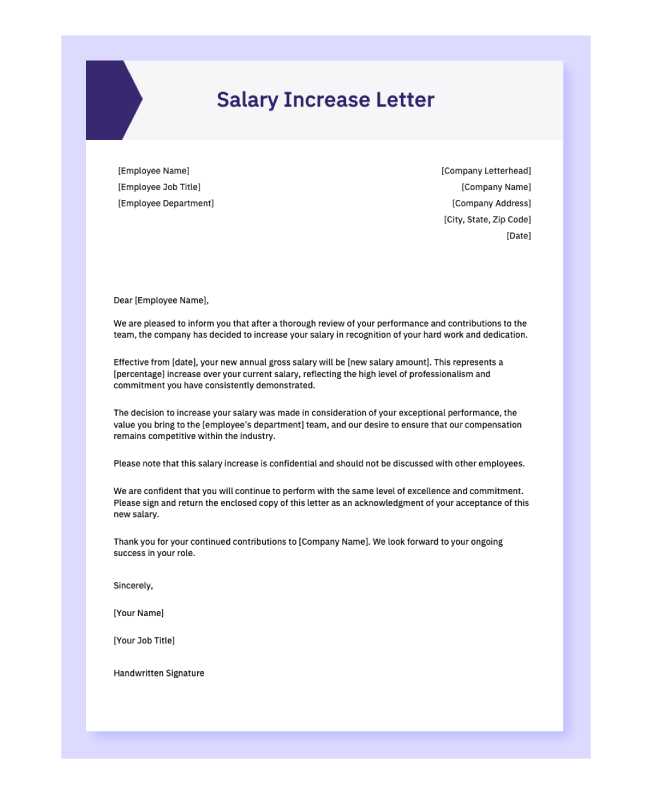
Communicating a change in compensation is an essential aspect of maintaining employee satisfaction and fostering a positive work environment. This process involves conveying the new pay structure clearly and professionally, ensuring transparency and respect. A well-crafted message can prevent misunderstandings and demonstrate appreciation for the employee’s contributions.
Key Elements of a Compensation Adjustment Communication
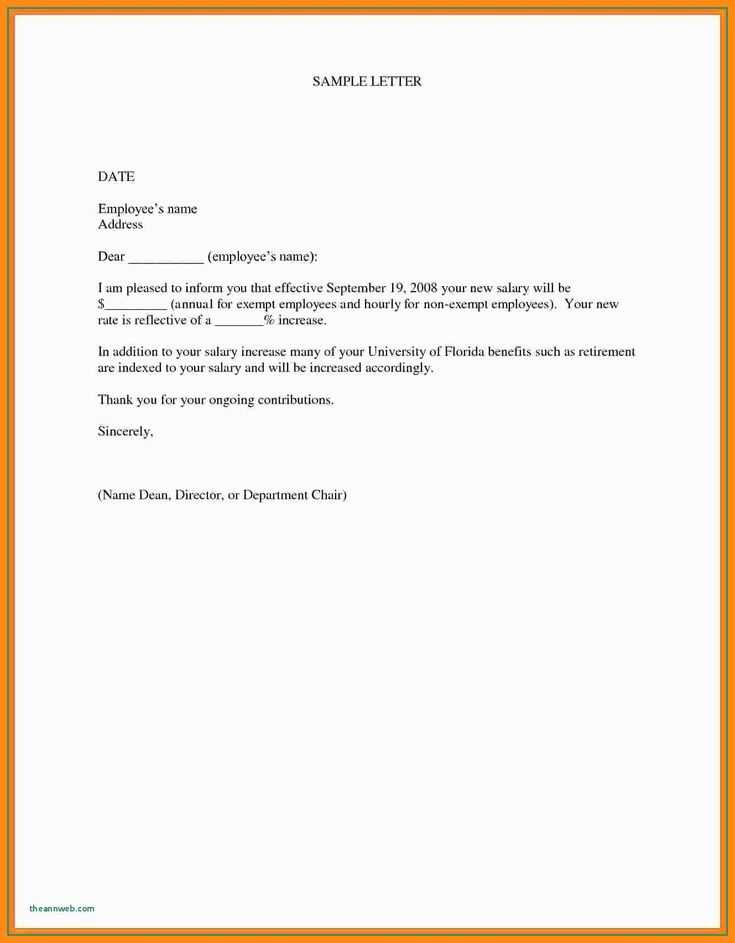
When drafting a message about a pay modification, it’s crucial to include certain key components to ensure clarity and professionalism. These elements will provide structure and address any possible concerns an employee may have.
- Subject Line: Make it clear and concise to grab attention. Ensure the recipient knows the content at a glance.
- Introduction: Acknowledge the employee’s performance and contributions to the company, setting a positive tone for the message.
- Details of the Change: Be explicit about the new pay rate, the effective date, and any other relevant details.
- Gratitude: Show appreciation for the employee’s hard work and dedication, reinforcing their value to the team.
- Closing: End with a positive message, expressing hope for continued collaboration and growth.
Common Mistakes to Avoid
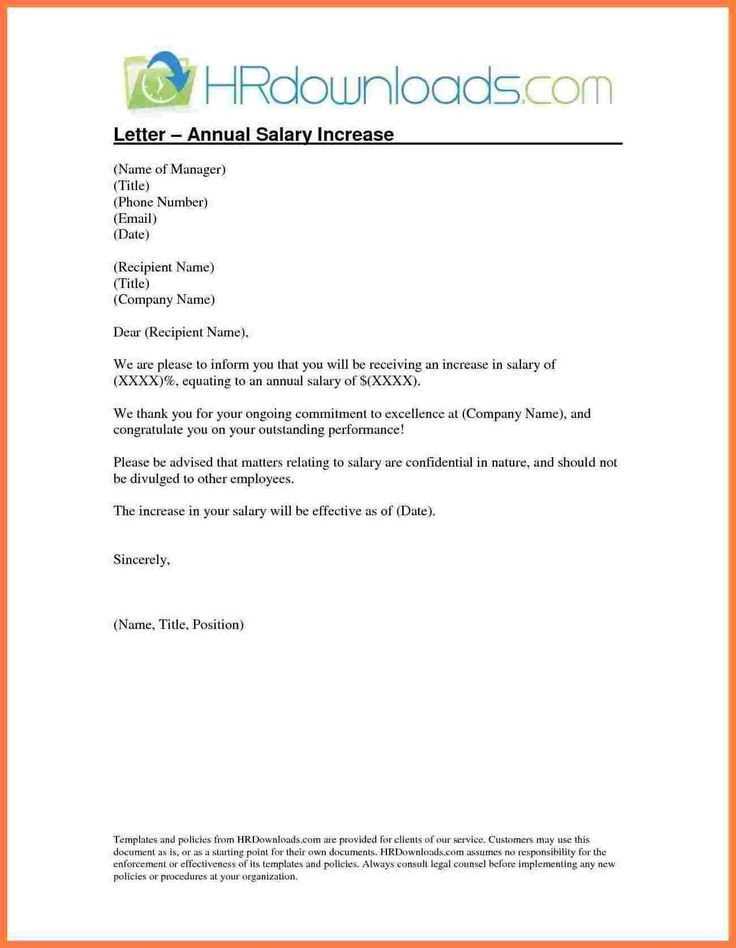
While the structure of the message is important, it’s also essential to avoid certain pitfalls that could undermine the professionalism of the communication. Here are some things to keep in mind:
- Vague Language: Avoid using unclear or ambiguous terms that could cause confusion. Be specific about the amount and details of the adjustment.
- Negative Tone: Even though the topic might be sensitive, maintain a respectful and appreciative tone throughout the message.
- Overcomplication: Keep the message simple and easy to understand. Complicated wording can detract from the overall message.
Best Practices for Clear Communication
Effective communication is key to fostering trust and transparency between an organization and its employees. To ensure a positive impact, consider the following strategies:
- Be Timely: Communicate the change as soon as possible, giving employees ample time to adjust to the new structure.
- Stay Professional: Use a formal and respectful tone throughout the communication. Avoid casual language or slang.
- Provide Context: If appropriate, explain the reasons for the adjustment and how it reflects the employee’s performance or market conditions.
- Follow Up: Offer to answer any questions the employee may have and provide clarity on any aspects of the change.
By following these guidelines and including the necessary details in a clear, respectful manner, employers can ensure a smooth and effective communication process when modifying an employee’s compensation.
How to Write an Effective Compensation Adjustment Notification
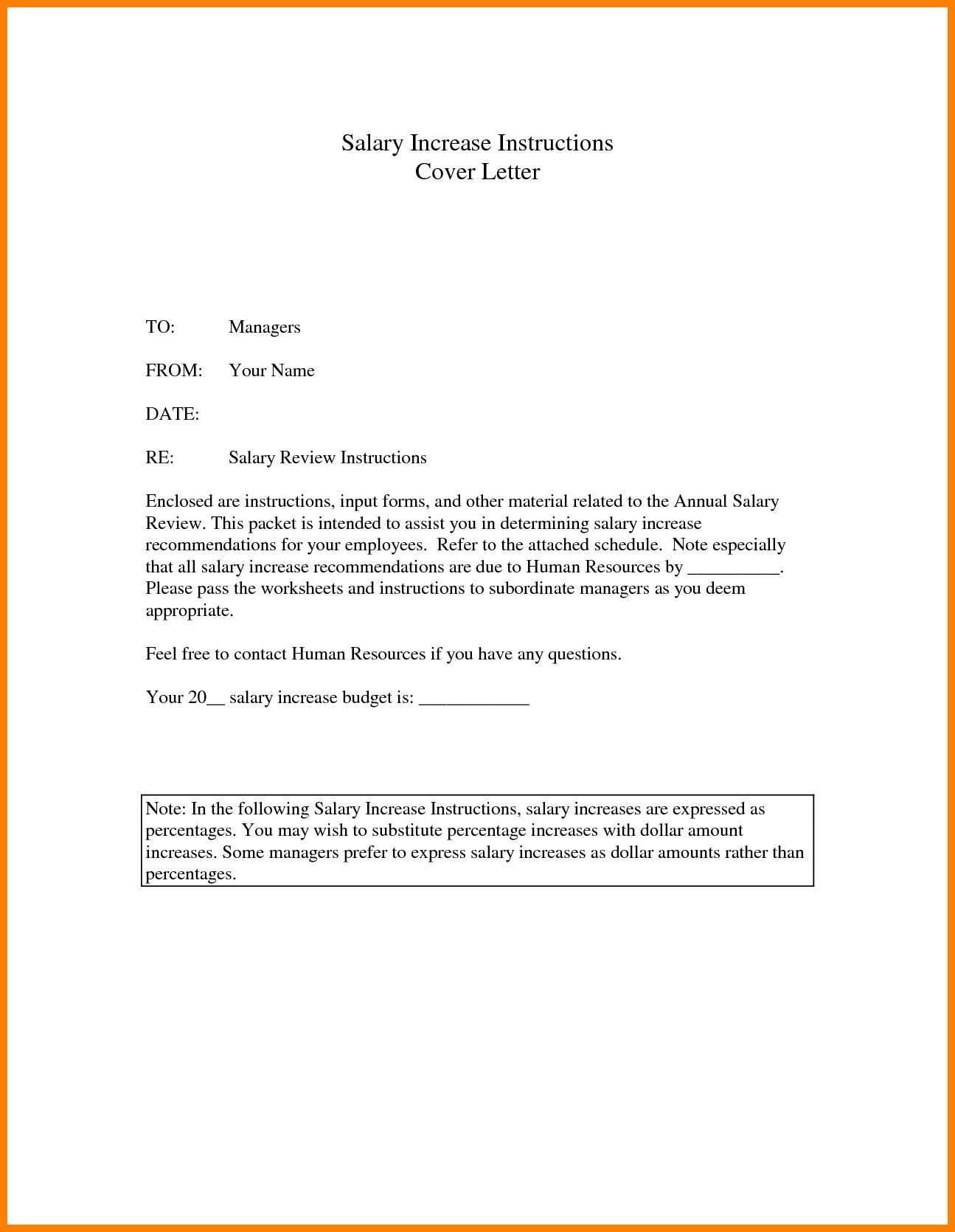
Conveying changes in employee compensation requires careful consideration to ensure the message is clear, professional, and well-received. A successful communication about such adjustments not only informs the recipient but also reinforces trust and appreciation. This section provides insights into the key components and best practices for crafting such a message.
Key Elements to Include in a Compensation Adjustment Notification
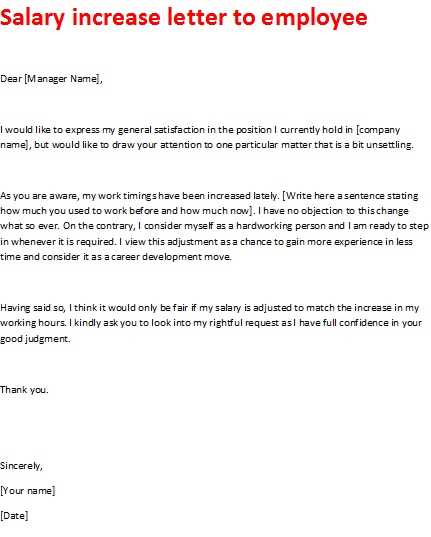
When crafting a message about a pay adjustment, it’s important to structure it clearly to avoid misunderstandings. Here are the essential components that should be included:
- Introduction: Start with a positive note acknowledging the employee’s hard work and contributions to the organization.
- Details of the Change: Be specific about the new compensation rate, including the percentage change and the date it takes effect.
- Rationale: Provide context or reasoning behind the adjustment, such as performance improvements or market conditions, if appropriate.
- Expression of Gratitude: Thank the employee for their continued dedication and highlight their value within the team.
- Closing Remarks: End the message with an encouraging statement and offer further discussion if the employee has questions.
Common Mistakes to Avoid in Compensation Notifications
While writing a message about a pay adjustment, some common mistakes should be avoided to maintain professionalism and clarity:
- Overly Vague Language: Be as specific as possible when discussing the change. Ambiguity can cause confusion.
- Lack of Appreciation: Not expressing enough gratitude can create a sense of undervaluation, even when the change is positive.
- Delayed Communication: Inform employees about changes promptly. Delays can lead to confusion or frustration.
- Too Casual Tone: Maintain a formal tone, even if the relationship with the employee is friendly. Professionalism is key.
By following these best practices and avoiding common pitfalls, you can ensure that your message is both effective and well-received by employees. Communication of compensation changes should be transparent, respectful, and clear to support a positive workplace culture.